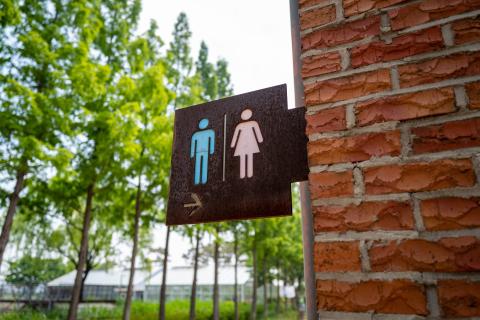Our Emergency Department is very busy right now and some people are experiencing long waits. If you do not require emergency care, please use an alternative such as 111 online.
It is important that we don’t push children into this too early as this could have an impact on their emotions, confidence and in some cases could lead to more problems. We should wait until a child starts showing a readiness, interest or awareness of needing to use the toilet. See the information leaflets below for further advice.
Should you have any concerns or require further support around toileting, then please contact your Public Health Nurse or Child Development Practitioner via the Public Health Nursing Service.


